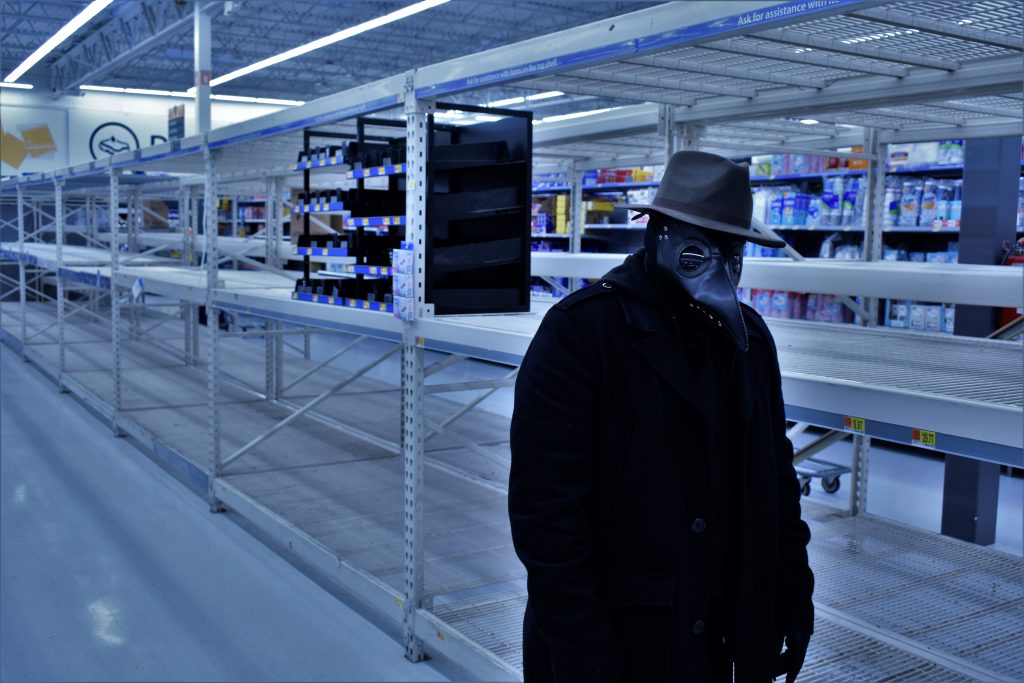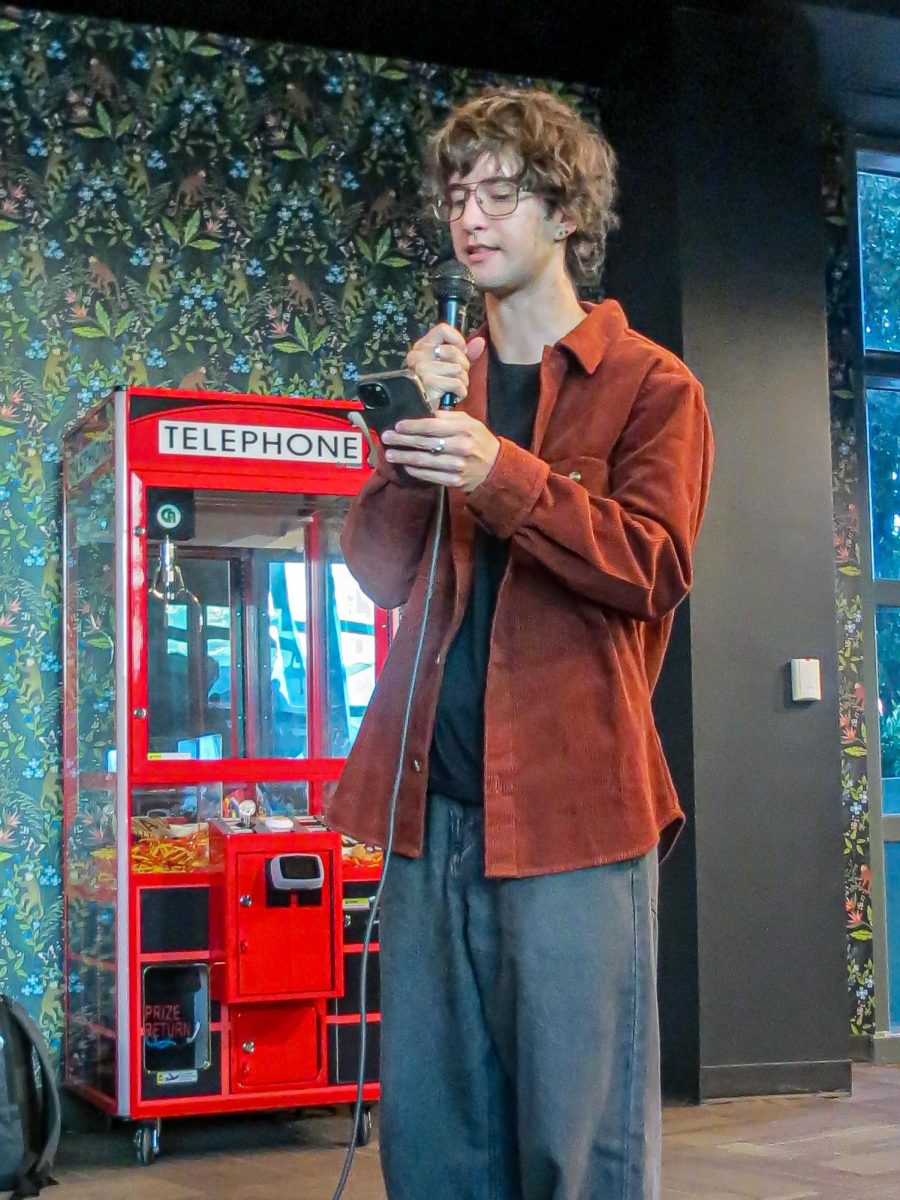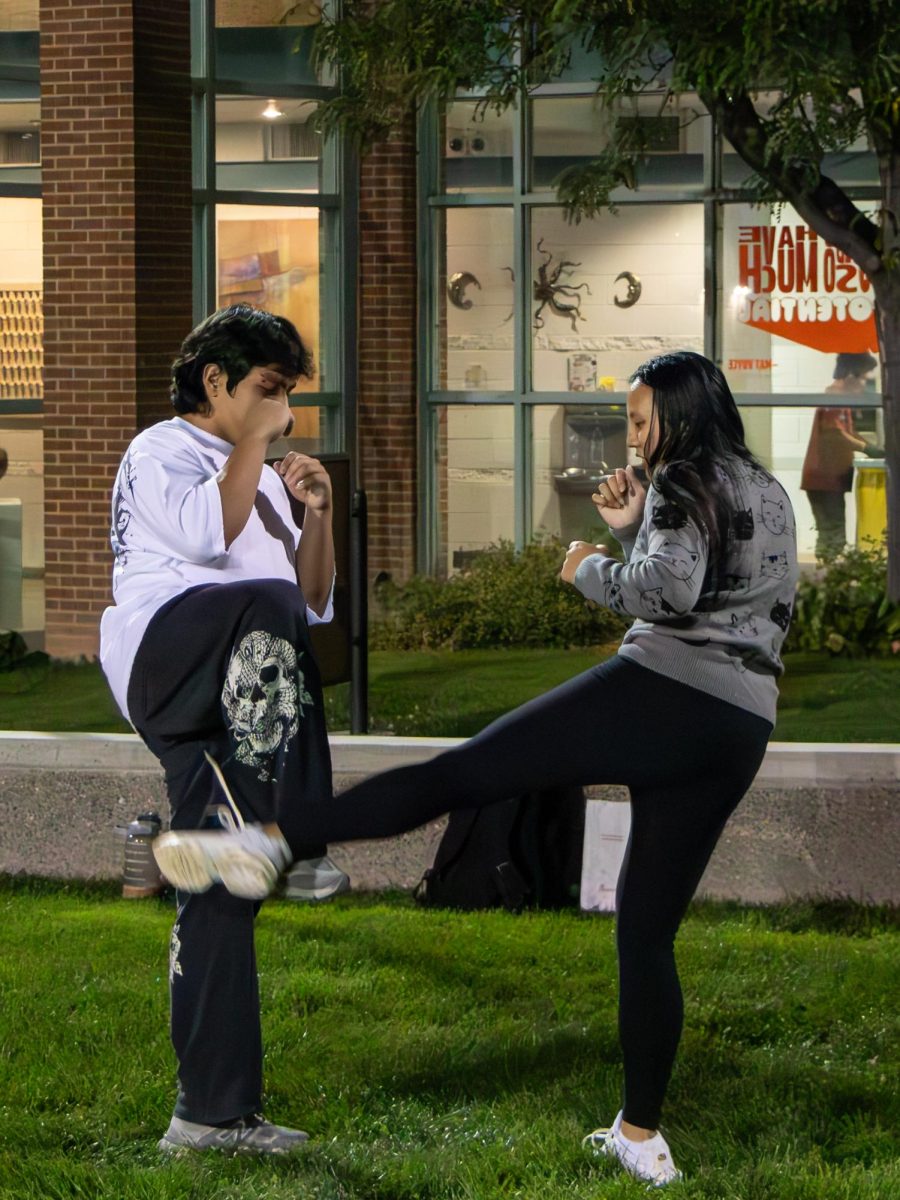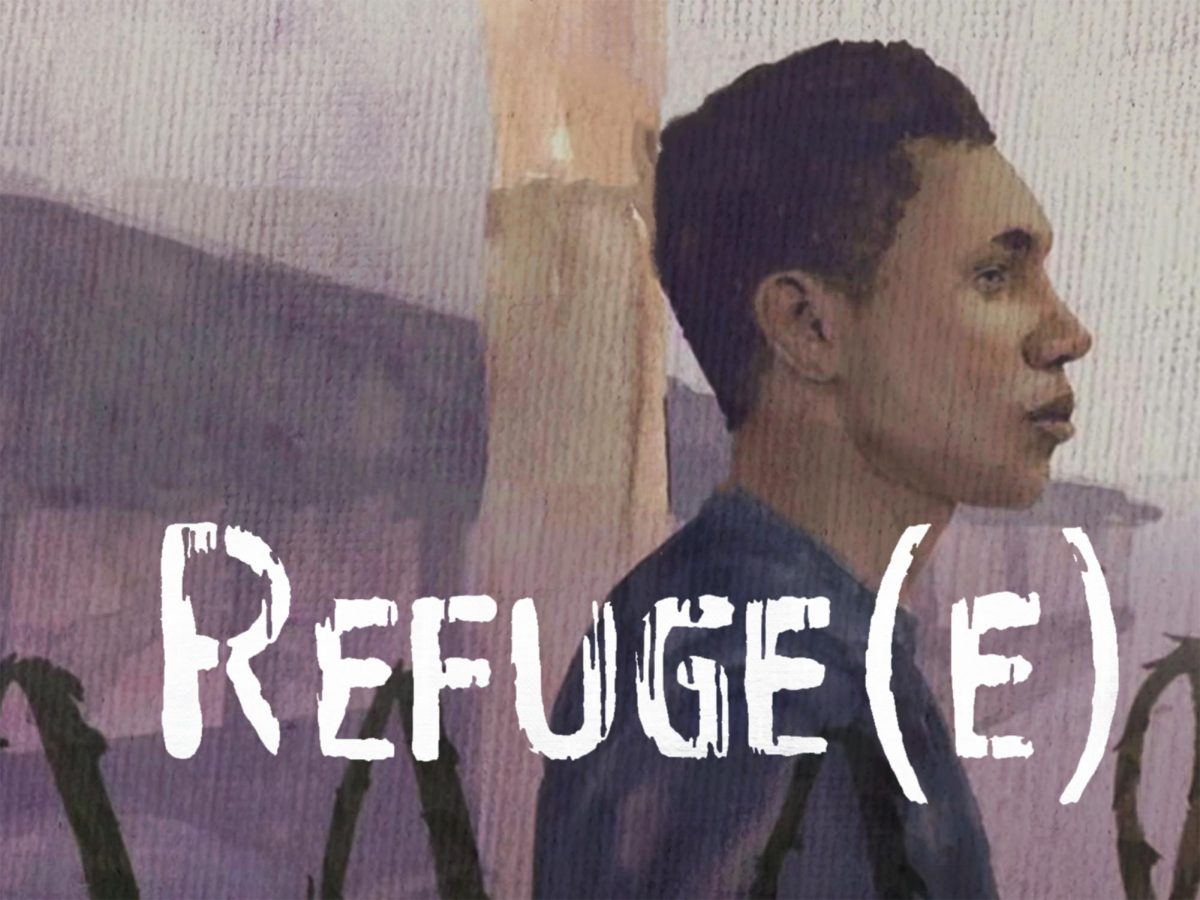While Colorado Mesa University (CMU) participates in social distancing as a preventative measure against COVID-19, and local stores struggle to keep up with panic buying, local filmmaker Christopher M. Carber decided to weigh in using the medium he knows best: film. Wearing several different hats, Carber acted as director, cinematographer, producer and editor of the short film “HOPE.”
Among the locations in “HOPE,” CMU, Walmart and Downtown Grand Junction are featured. The Criterion engaged in the following Q&A session with Carber:

Courtesy of Christopher M. Carber
Q: What was your inspiration for “HOPE?”
A: Inspiration for the film came from a lot of different angles, but mainly I wanted to document, in some way, my community affected by the world events. I didn’t want to just sit back and not be active while I saw so many around me trying. Trying to make entertainment work, trying to smile, all of that. Where a musician can pick up an instrument, and a painter a paint brush, I picked up a camera. All said and done, I’m glad I made the effort, no matter how small, to remember how this all affected a community.
Q: What message are you trying to spread?
A: The film’s message is hope, and I’m glad you asked. From the very beginning, I wanted it to have a positive take away for the audience. When watching, it would have been easy to get wrapped up in the isolation of the main character. Instead, the cast and I drove the point home with Hope. It’s not just about the doom and gloom of today, but also about how together we can look forward to a better tomorrow when everything passes.
Q: How long did “HOPE” take to film?

Courtesy of Christopher M. Carber
A: From start to finish, as far as principle photography goes, the lead actor and I met at 7 a.m. Thursday morning. The last shot, seen in the film when the final message scrolls on the screen, wrapped at around 5 p.m. that night. Ten hours? Other than a few breaks between shots to grab cast or a snack, yeah ten hours.
Q: What was the most interesting part of filming?
A: The most interesting part for me filming was when I noticed the statues wearing face masks. It fit too perfectly with everything going on and looked like a decoration from a post-apocalyptic dystopian society. It was so off-putting for me that I felt something seeing it. It’s still a favorite shot of mine in the film.
Q: What was the hardest part of filming?
A: The hardest part of filming could also be said was a blessing in disguise. During the ten hours of filming, the lead actor and I experienced vast shifts in weather. At 7 a.m. that day it was pouring rain, then a foggy snow storm, then light snow and rain, so on and so on. I even remember thinking, “Thankfully wardrobe for the leading role is warm, or I’d have no idea how to push him in these conditions.” It was rough. On the other hand, the film ends in sunshine and clear skies which shows a gradual progression from storms to something better. No money in the world could have made that happen as perfectly as it did.
Q: Did you get any strange looks or push-back from filming?
A: Other than the weather, there really wasn’t a lot of push-back or difficulties. Of course at the grocery store, filming empty shelves, a manager approached us briefly with questions and [was] irritable. Right now, I really can’t fault our grocery clerks for any moods they have. The concern was that I was with the news documenting something slanderous about the store’s lack of items. I wasn’t, and at one point said, “I don’t even have a press pass.” I think it would have escalated, but a group of seniors approached the manager and began harassing her. It was hard to watch her have such limited answers for their questions. The actor and I left promptly after the interaction. Other locations were quiet or mostly deserted.

Courtesy of Christopher M. Carber
Q: What else would you like our readers to know about the project?
A: The last thing I want to say about the movie “HOPE” is that even though people in my community may recognize the locations in the film, I encourage the audience to look further. It isn’t just our university that is empty and affected, but universities and students across the world. Our Main Street stores aren’t the only ones forced to close, but many business owners and employees are feeling the strain of it all. Try to look at it that way, and reflect, then remember that even with everything going there is still hope.









